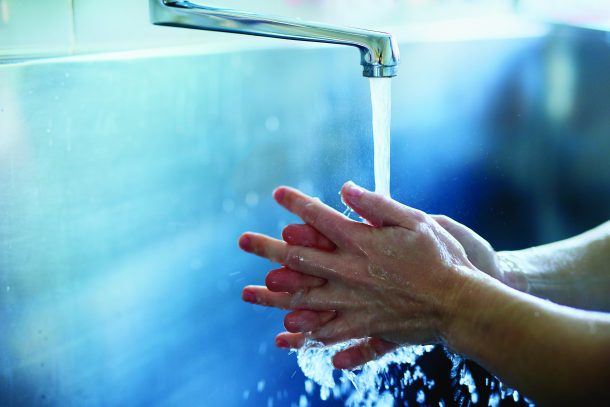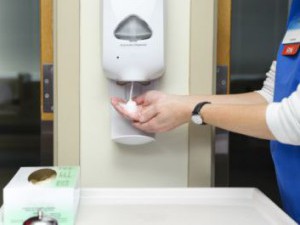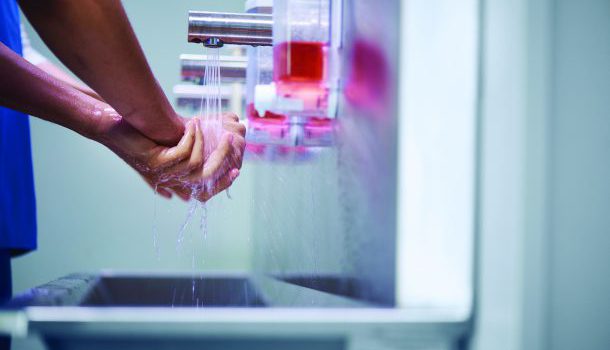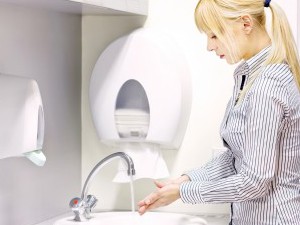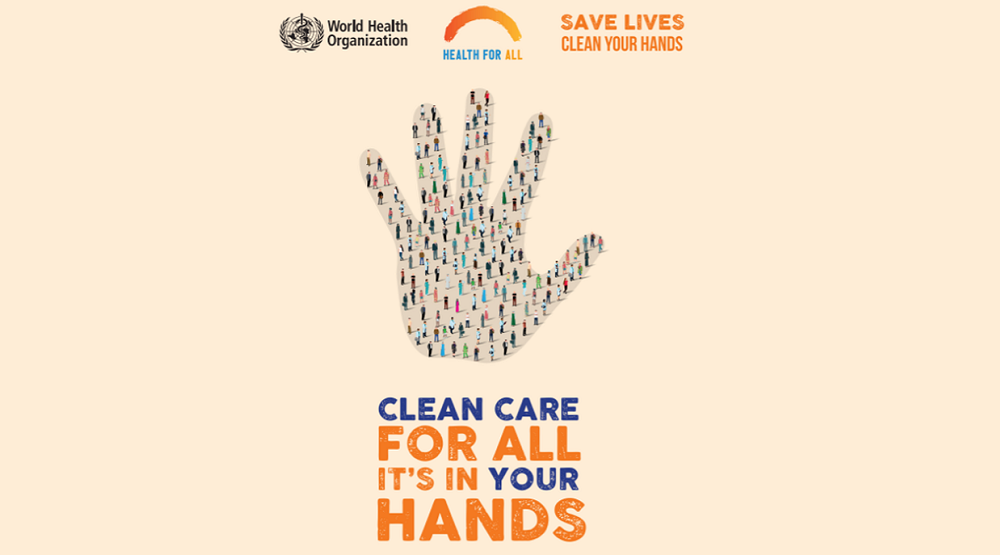
Ensuring sanitising dispensers are located in convenient areas, increasing surveillance and using clear signage promoting hand washing are among the recommendations to boost hand hygiene compliance, according to Whiteley Corporation.
World Hand Hygiene day, an initiative from the World Health Organisation (WHO) aimed at improving health and well being for everyone, is on Sunday 5 May. This year’s call to action is ‘Clean care for all – it’s in your hands’.
Around 500,000 people contract a healthcare associated infection every day according to estimates from the World Health Organisation (more than 182 million people every year), and an estimated two out of five people don’t comply with the five moments of hand hygiene.
The act of hand hygiene has been shown to reduce healthcare associated infections. However, according to Dr Greg Whiteley, chairman of Whiteley Corporation and adjunct fellow at the School of Medicine at Western Sydney University, awareness of the importance of hand hygiene and hand hygiene compliance continues to be a challenge in healthcare settings.
A 2018 study by UNSW medical researchers found hand hygiene rates in hospital staff dropped sharply when humans undertaking compliance monitoring were replaced by machines.
A government-led mandatory hand hygiene program has operated in Australian hospitals for the past eight years, with human auditors ensuring staff follow hand hygiene guidelines, which require a minimum of 70 per cent compliance.
However, according to the study compliance rates fell from more than 90 per cent to 30 per cent when the human auditors were relieved by automated surveillance, creating infection risks for patients.
In the Australian health system, hospital-wide standards of hand hygiene are enforced by the Australian National Hand Hygiene Initiative, a program introduced in 2010 by Hand Hygiene Australia.
The mandatory program requires Australian hospitals to perform audits to ensure staff are complying with hand hygiene guidelines. The current standard is direct human observation for 20 minutes daily on wards.
Hospital-wide compliance rates are published on the MyHospitals Australia website for public viewing.
“Good hand hygiene is critical to minimise the risk of infection particularly in healthcare and aged care facilities,” said Dr Whiteley.
According to Whiteley Corporation there are five steps that can be taken to improve hand hygiene compliance:
- Ensure sanitising dispensers or bottles are located in convenient areas
- Increase monitoring and surveillance
- Choose products staff like using
- Use signage i.e. five moments of hand hygiene poster
- Encourage staff to provide feedback to each other
WHO has also provided the My 5 Moments for Hand Hygiene approach, which defines the key moments when health-care workers should perform hand hygiene.
This evidence-based, field-tested, user-centred approach is designed to be easy to learn, logical and applicable in a wide range of settings.
This approach recommends health-care workers to clean their hands
- before touching a patient,
- before clean/aseptic procedures,
- after body fluid exposure/risk,
- after touching a patient, and
- after touching patient surroundings
Comment below to have your say on this story.
If you have a news story or tip-off, get in touch at info@3.106.117.80.
Sign up to INCLEAN’s newsletter.
